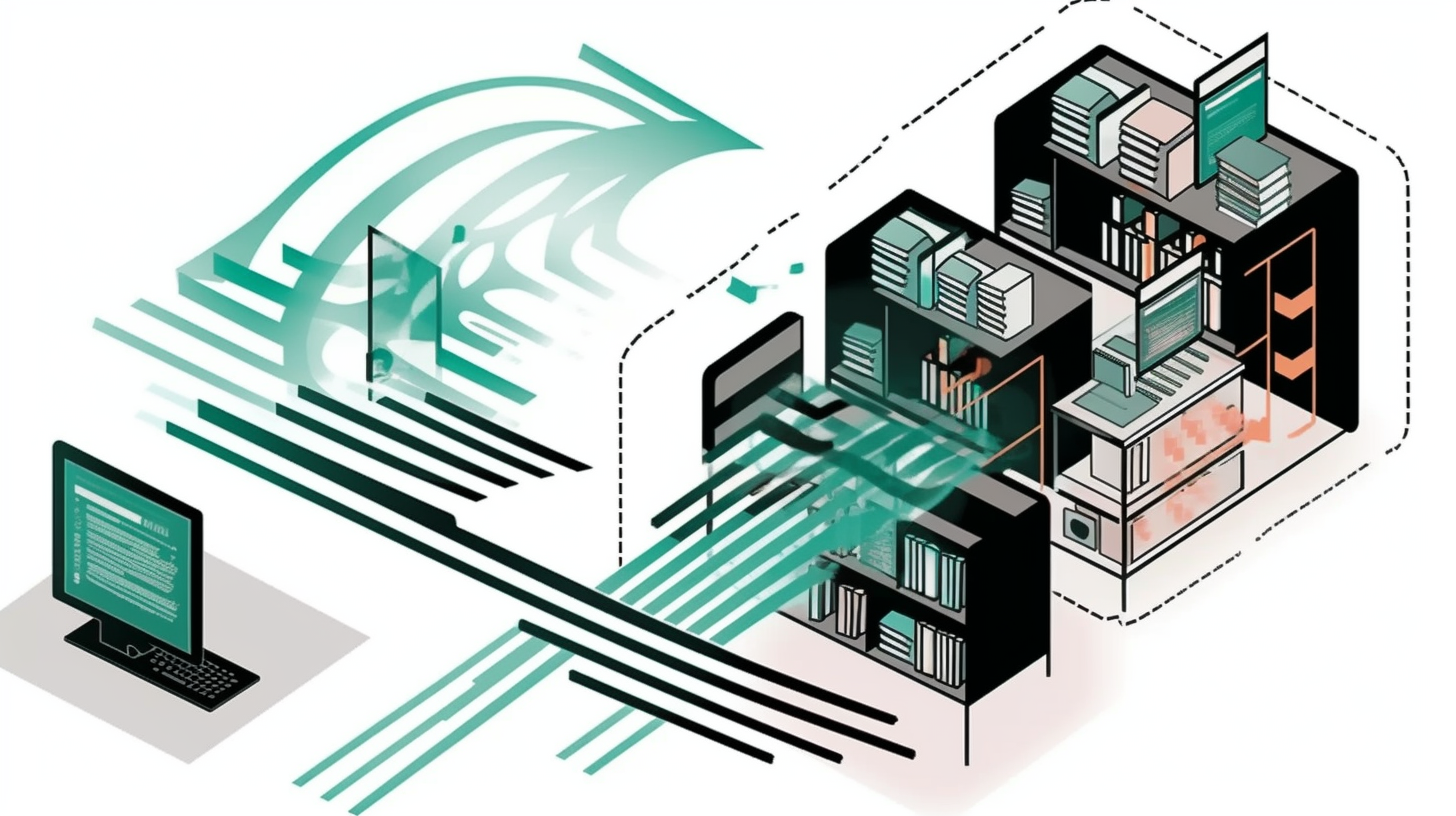Decoding the Mystery: The Process and CEF of the CCNP 350-401 ENCOR Exam

Oh, folks, what a ride we're in for today! Now, I know what you're thinking, 'CCNP 350-401 ENCOR exam?’ You could say it's “rocket science” and call it a day. But wait, the plot thickens right here. Saddle up, we're charging headfirst into the fray: the Process and CEF (Cisco Express Forwarding). I swear, it hooks you more than a detective novel on a gloomy day.
Unraveling the Process
First off, let's get our hands dirty with the process part. Process Switching, also known as software switching, is a route-processing mechanism in which the Cisco IOS router looks up the destination of every single packet in the routing table.
Now, you might be saying, 'Well, that sounds easy enough'. Ha! Wait a minute there. This method, my dear friends, is as slow as molasses in January. Visualize yourself in a library, scouring for books manually, ignoring the catalog – that epitomizes process switching. In other words, it's akin to attempting to fill a bathtub with a teaspoon. Eager for some relief? Cue in CEF!
Sailing into the CEF
Enter the knight in shining armor, Cisco Express Forwarding (CEF). CEF is designed to enhance the rate of packet forwarding by reducing the amount of processing needed. Whoa, Nelly! Think of it as a speedy librarian, like those barcode scanners at the library checkouts. Presto change-o, there's your book at your fingertips.
Two main elements form the backbone of CEF: the Forwarding Information Base (FIB) and the Adjacency Table. The FIB is, in essence, a mirror image of the routing table. Meanwhile, the Adjacency Table contains information about directly connected neighbors. It's like having a map (FIB) and a buddy system (Adjacency Table) in a new city.
Salient Features of CEF
Now, what sets CEF apart? Ah, there's the rub. It not only increases your packet forwarding rate, but it's also less CPU-intensive and uses less network bandwidth. More than that, it scales beautifully, meaning that as your network grows, it won’t break a sweat.
As a cherry on top, CEF backs up advanced features such as load balancing and NetFlow accounting. Imagine snagging a high-octane sports car, loaded with features, minus the fuel-guzzling downside.
Understanding the Gameplay of CEF
So, how does this speed demon called CEF work? Well, when a router enables CEF, it builds a FIB and an Adjacency Table. The router uses the FIB to make IP destination prefix-based forwarding decisions and the Adjacency Table to prepend Layer 2 header information. It's like an assembly line in a factory, each part doing its own job to bring out a quick and neat final product.
Why is CEF Important for the CCNP 350-401 ENCOR Exam?
Well, the topic of CEF comes under the heartbeat 'Architecture' section of the CCNP ENCOR exam, which makes up a healthy 15% of the total exam content. Learning CEF, folks, is not just another string in your bow; it's essential to acing this test. So, put on your thinking cap and plunge right in!
And voilà, folks, you've just breezed through a crash course on the Process and CEF in the CCNP 350-401 ENCOR exam. Much like a gripping detective novel, it presents twists, turns, peaks, and valleys - but when the enigma unwraps, it's sheer delight. Nope, it's not akin to rocket science. But it's a rocket ride. Enjoy the journey!